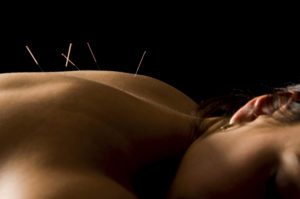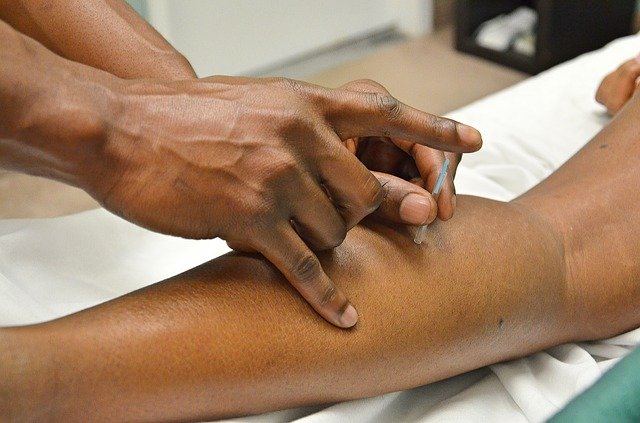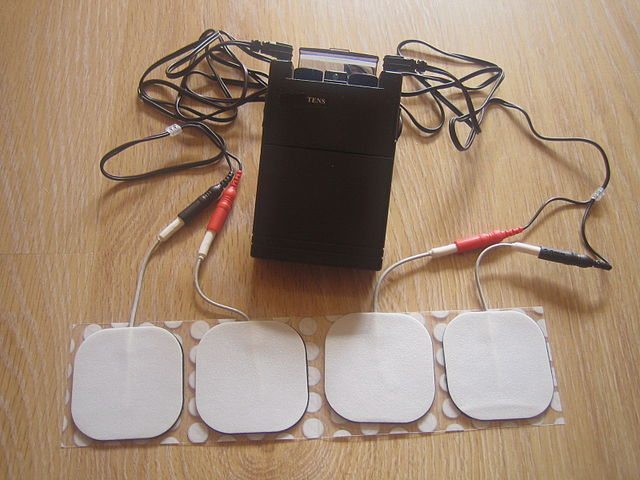Dry needling is an increasingly popular therapy for individuals with muscle and fascia imbalance. Many times this imbalances leads to pain, spasm, trigger points, and dysfunction. Dry needling involves inserting small gauge, solid needles (usually acupuncture needles) into trigger points of dysfunctional muscle. The goal of this therapy is to cause a release in muscle tension and provide pain relief. It has been shown to help in the treatment of chronic pain with very few side effects.
After the doctor identifies the area for treatment, the needle is gently inserted into the specific area. The needle used in dry needling is very thin and most patients do not even feel when the skin is punctured. The associated muscle may feel a little discomfort similar to a muscle cramp where an active trigger point is located. This is an appropriate and positive response. Another response that may occur is a reproduction of the patient’s symptoms. The doctor uses this as part of the process to uncover the root cause of the symptoms. Over time, patients learn to recognize these sensations as good things that results in reducing pain and restoring function.

What is the difference between Dry Needling and Acupuncture?
Dry Needling is loosely based on the ancient theories of Traditional Chinese Medicine (TCM) acupuncture, specifically the concepts from “Ah Shi” points. The use of modern day dry needling is based on western neuroanatomy and modern study of the musculoskeletal and nervous systems. Both techniques use the same tool, an acupuncture needle, and are only performed by practitioners trained in certified in the practice.
Does it Hurt?
In most instances, the insertion of the needle is unnoticed by the patient. Occasionally, a muscle twitch may occur that as been described as tingling, aching, or cramping sensations.
What Benefits From Dry Needling?
A variety of musculoskeletal problems have been shown to get relief such as:
- Acute Injuries
- Chronic Injuries
- Headaches
- Neck Pain
- Back Pain
- Tendonitis
- Muscle Spasm
- Hip Pain
- Knee Pain
- Muscle Strains
- Fibromyalgia
- Overuse injuries
Dry Needling Side Effects:
These vary from patient to patient, but are rare, and minimal in effect. Mild muscle soreness or skin bruising are the most frequent side effect that are reported, though the side effects are minimal.
Will Health Insurance Pay for It?
In most cases, it is a cash based therapy. However, the best way to know is to allow us to check with your provider since each policy is different.


